AARP Hearing Center

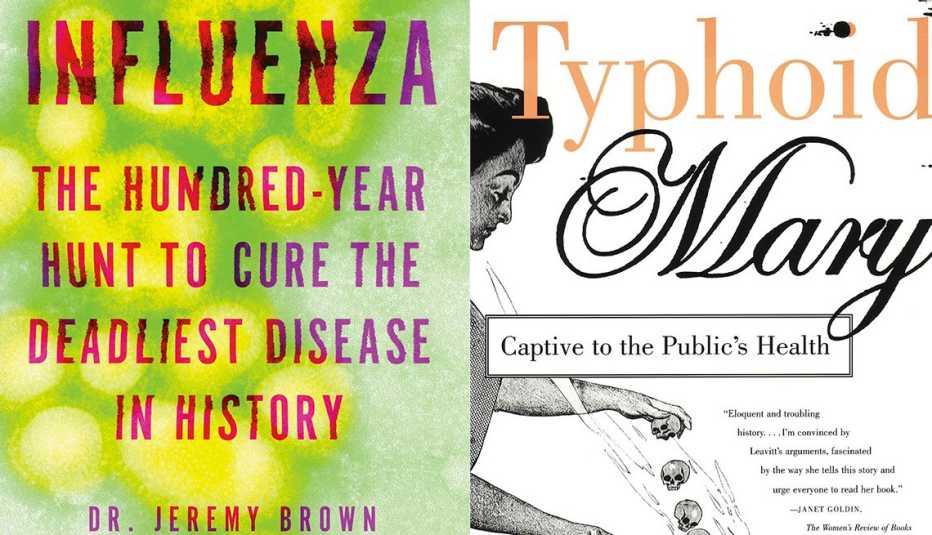
Learning about how we've contended with other alarming public health crises may give us hope that we can come through the current coronavirus pandemic intact as well. Here are five books that describe frightening outbreaks that have marked modern history; they include the reactions of a terrified public, the heroic characters who risked their lives to save others and, at least in some cases, scientific triumphs.
Polio: An American Story
David Oshinksy
Boomers will remember the Salk and Sabin vaccines given to schoolkids to protect against polio — a shot (or sometimes a liquid to drink) that saved lives and virtually obliterated the disease that petrified early-1950s America. Oshinsky's story, a 2006 Pulitzer Prize winner, about the race for the cure includes the famous March of Dimes fundraising efforts and the research of unsung heroes like Isabel Morgan, whose experimental vaccine prevented polio in monkeys. It's a fascinating look at both American postwar culture and the disease that helped define it.































































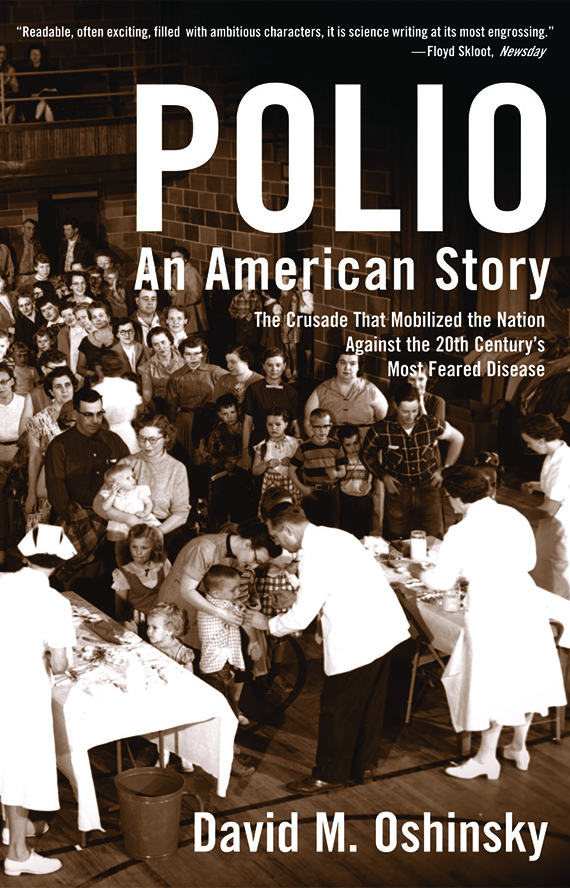


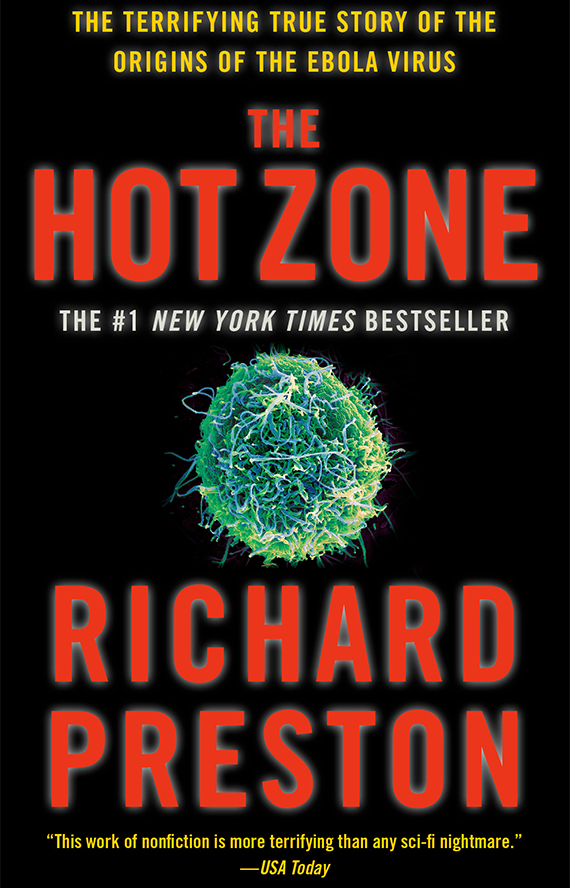
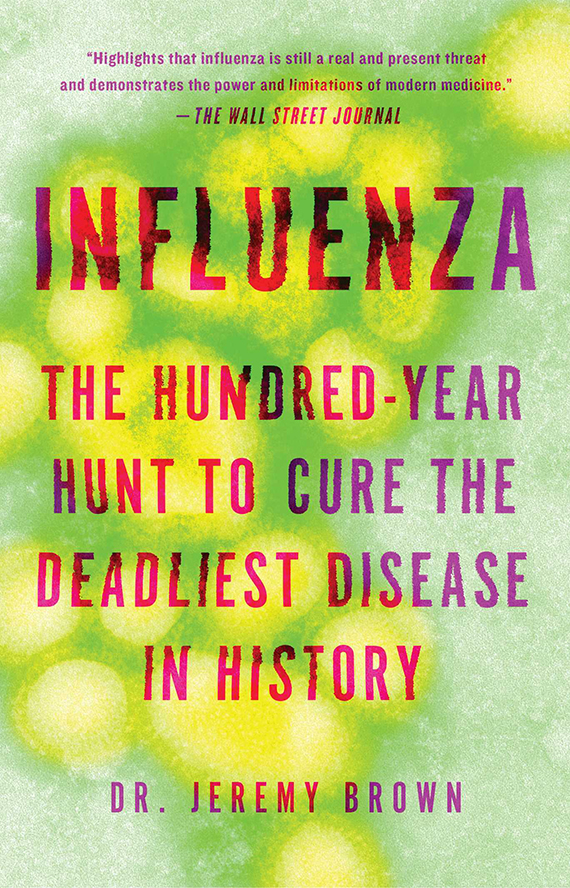
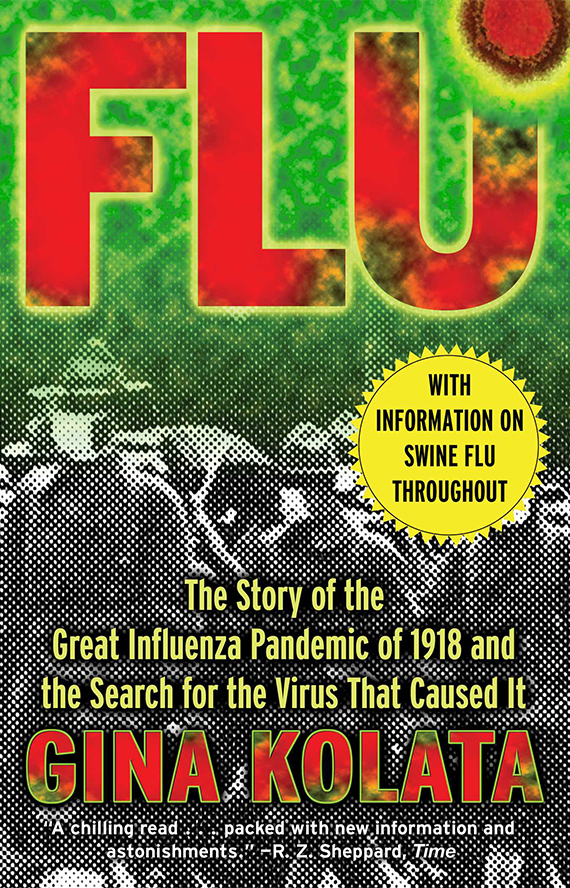
More on entertainment
The 5 Best Podcasts for Book Lovers
Listen and learn about hot new releases, quirky picks or beloved classicsAARP Bookstore
Find e-books, print books and free downloads on health, food, technology and more